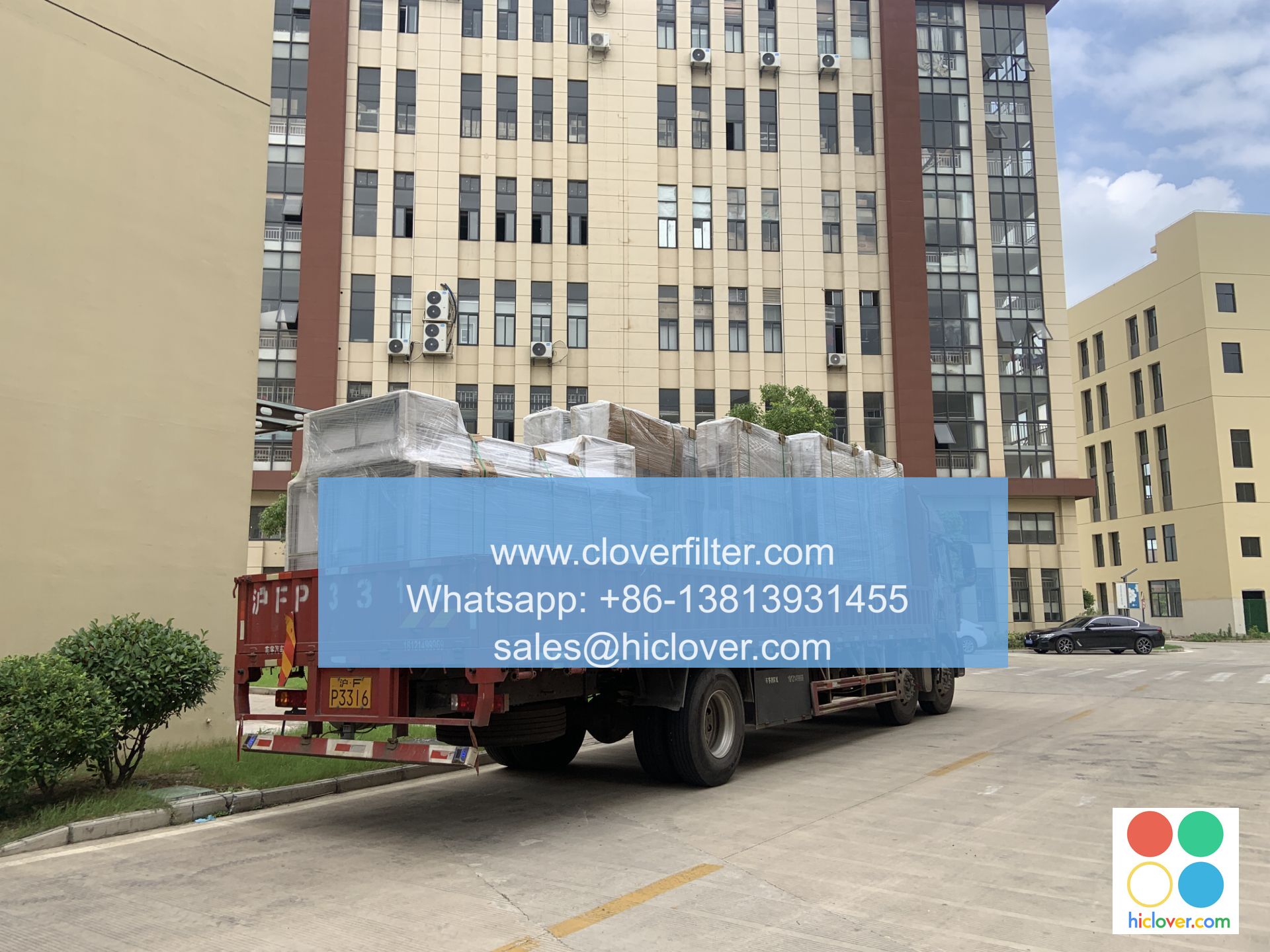The Air We Breathe: The Role of UV-C Light Technology in Cleanroom Air Filtration

The Air We Breathe: The Role of UV-C Light Technology in Cleanroom Air Filtration
Maintaining a clean and healthy environment is crucial in various industries, including pharmaceuticals, semiconductors, and biotechnology. In such environments, airborne contaminants can be a significant threat to production quality and employee health. That’s where cleanroom air filtration comes in, and UV-C light technology plays a vital role in this process.
What is UV-C Light Technology?
UV-C light technology uses ultraviolet light with a wavelength of 254 nanometers to kill microorganisms, viruses, and bacteria. This technology has been extensively used in various applications, including air purification, water purification, and surface disinfection. In the context of cleanroom air filtration, UV-C light technology is used to supplement traditional air filtration methods, such as HEPA filters and activated carbon filters.
How Does UV-C Light Technology Work?
UV-C light technology works by emitting light that penetrates the cell membrane of microorganisms, causing damage to their DNA and leading to their death. This technology is particularly effective against viruses, bacteria, and fungi, as well as mold and mildew. In a cleanroom setting, UV-C light technology is used in conjunction with air recirculation systems to maintain a consistently high level of air purity.
Benefits of UV-C Light Technology in Cleanroom Air Filtration
Improved Air Quality
UV-C light technology helps to reduce the concentration of airborne microorganisms, which can be particularly harmful in industries where products are handled and manufactured. By removing contaminants, UV-C light technology improves air quality, reducing the risk of product contamination and ensuring a healthier working environment for employees.
Enhanced Productivity and Reduced Downtime
By reducing the risk of product contamination, UV-C light technology helps to minimize production downtime and lost productivity, which can have a significant impact on business operations.
Compliance with Regulations
UV-C light technology can help organizations comply with industry regulations, such as the FDA’s current Good Manufacturing Practices (cGMPs) and ISO standards for cleanroom operation.
Application Areas
Pharmaceuticals and Healthcare
UV-C light technology is widely used in pharmaceutical manufacturing and healthcare facilities to ensure a clean and controlled environment, reducing the risk of product contamination and improving patient safety.
Semiconductors and Electronics
In the semiconductor industry, UV-C light technology is used to maintain a clean and controlled environment, reducing the risk of contamination and improving product quality.
Research and Development
Researchers and scientists working in laboratories require a controlled and clean environment to conduct experiments and tests. UV-C light technology helps to maintain a high level of air purity, reducing the risk of contamination and improving the success of research projects.
Conclusion
In conclusion, UV-C light technology plays a vital role in cleanroom air filtration, providing an additional layer of protection against airborne contaminants. By understanding the benefits and applications of UV-C light technology, organizations can improve air quality, reduce production downtime, and comply with industry regulations. Whether in the pharmaceutical, semiconductor, or research industries, UV-C light technology is an essential tool in maintaining a healthy and productive environment.
I’m ready to assist you! What would you like to talk about or ask?


